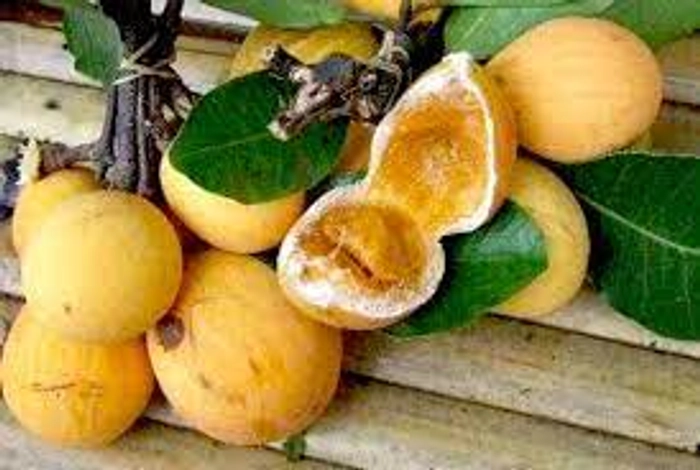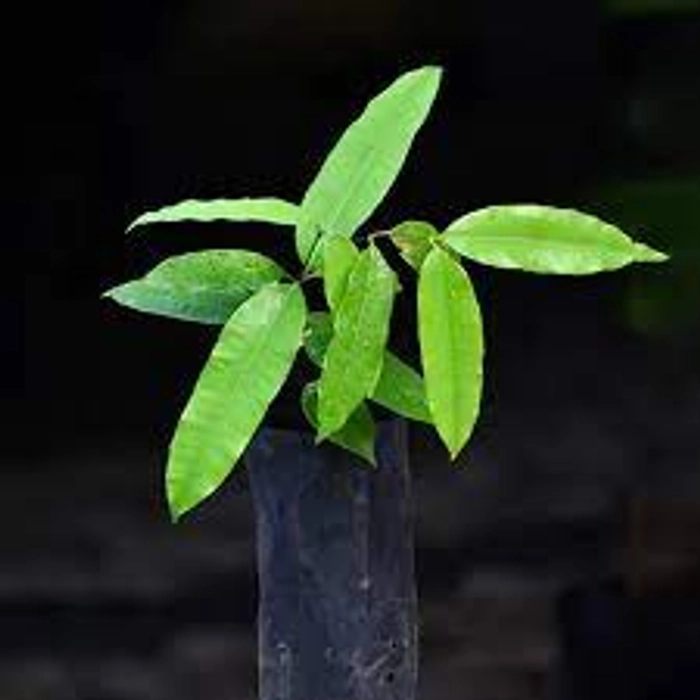Kubal Fruit Live Plants (Willughbeia sarawacensis )
Product description
Willughbeia sarawacensis, commonly known as Kubal Fruit, is a tropical fruit-bearing vine native to Southeast Asia, particularly found in regions like Sarawak, Borneo, and neighboring areas. Here is a description of the Kubal Fruit (Willughbeia sarawacensis) plant:
-
Vine Appearance: Kubal Fruit is a woody climbing vine that can reach significant lengths. It typically climbs up trees and other vegetation for support. The vine may have a robust and twining growth habit.
-
Leaves: The leaves of Kubal Fruit are simple, alternate, and elliptical to lanceolate in shape. They are typically dark green and have a leathery texture.
-
Flowers: The vine produces small, fragrant flowers that are typically white or cream-colored. These flowers are often unisexual, with male and female flowers occurring on separate plants.
-
Fruit: The Kubal Fruit is the most notable feature of this plant. It is a large, round to slightly oval fruit that can measure up to 10 centimeters (about 4 inches) in diameter. The fruit's skin is typically thick and may be green or yellow when ripe. The flesh inside is juicy and has a sweet and slightly tart flavor, often described as a combination of tropical fruits like pineapple and mango.
-
Seeds: Inside the fruit, there are numerous small seeds that are typically flat and have a brown or black color.
-
Habitat: Kubal Fruit vines are native to tropical rainforests and are often found in lowland and hilly areas with well-draining soils.
-
Cultivation: While Kubal Fruit is not as widely cultivated as some other tropical fruits, it can be grown in regions with a tropical climate. It typically requires a supporting structure for the vine to climb on. Propagation can be done through seeds or stem cuttings.
-
Uses: The Kubal Fruit is primarily consumed fresh, and it is appreciated for its unique and refreshing flavor. It can be eaten out of hand, added to fruit salads, or used in desserts and beverages. The fruit is valued for its sweetness and juiciness, making it a popular choice for those who have the opportunity to taste it.
Kubal Fruit is not as well-known internationally as some other tropical fruits, but it holds cultural and culinary significance in its native regions. It is cherished for its delicious flavor and is often enjoyed as a refreshing treat in Southeast Asian cuisine.
✦
You might like these
✦










